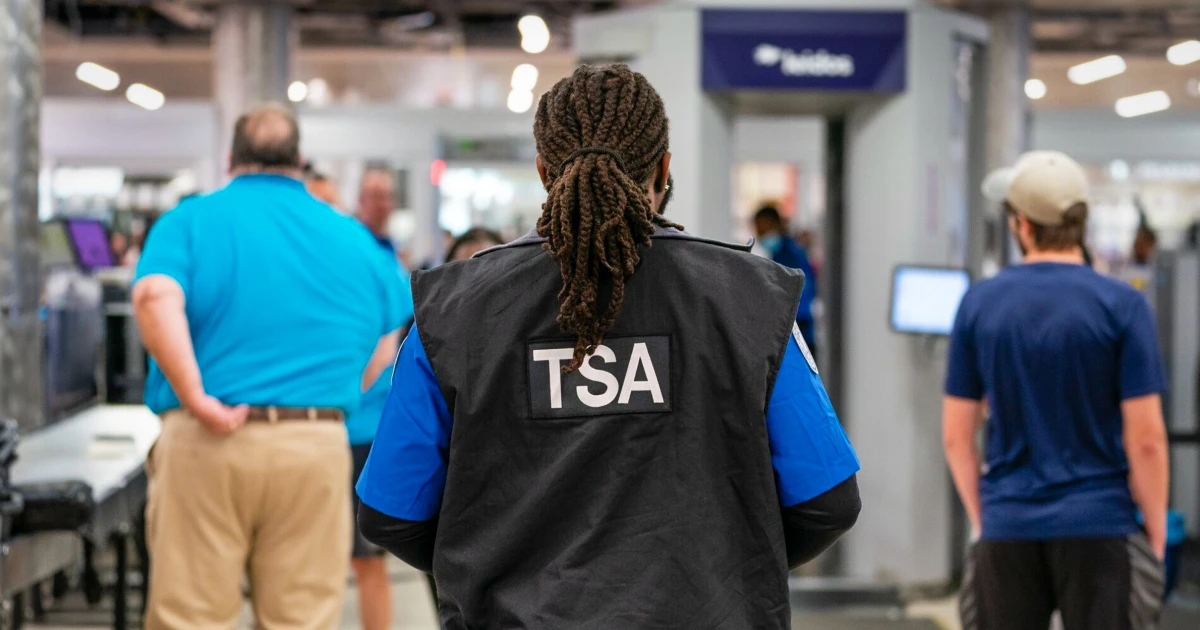By Michael T. Nietzel,Senior Contributor
Copyright forbes

New surveys of students and parents find that while they consider campus safety and politics in picking a college, academic quality and college costs remain the most important influences.
Academic quality and cost remain the two most important factors influencing what college students choose to attend, but politics and campus safety play large roles in students’ and parents’ decison-making as well.
Those are among the main findings of two large-scale surveys of graduating high-school seniors and parents administered this summer by Spark451, a Jenzabar company specializing in enrollment management and marketing.
More than 1,800 students from across the United States responded to this year’s survey, the 14th annual survey of college-bound students the company has conducted. Of the students surveyed, 98% had made a decision about college by the time they completed the survey, with 94% electing to pursue higher education of some type. Over 1,400 respondents completed the parent version of the survey.
Here is a summary of several of the main findings.
What Matters Most?
Academic quality was the primary factor for both students and parents when choosing a school, followed by cost, scholarship opportunities, campus safety, and setting/location. Although cost was an important consideration, 59% of parents said that the institution their child eventually selected was not the most affordable option.
MORE FOR YOU
In a sign that institutional values also play a role in the college decision process, 74% of students said a school’s political stance would influence their decision to enroll. In addition, 78% of parents said an institution’s political stance would influence whether they felt comfortable with their child attending the school, and 70% said a state government’s political stance would have a similar effect.
A word of advice to college administrators who contend that intercollegiate athletics is an important factor influencing students’ enrollment decisions: it was 15th on the list of 17 factors surveyed.
“Academic quality, cost, and value remain top priorities for both parents and students, but this year’s findings show growing sensitivity to factors like campus safety, political climate, and institutional values,” said Michael McGetrick, Vice President of Creative and Interactive Services for Spark451, in a news release. “At the same time, institutions are adapting. By investing in more student-centered recruitment and communication strategies, they’ve improved the admissions experience—70% of students reported being satisfied with the process this year, up from 62% last year.”
Students Are Applying to More Schools
More than 50% of students applied to 10 or more schools, an increase over the 45% who reported doing so last year and the 39% who did so in 2023. More than 80% of students said they found the Common Application to be the most attractive option for applying.
Application fee waivers mattered to students — 65% of respondents said they applied to more schools than they originally intended because they received fee waivers. However, application costs don’t appear to be a major factor for parents. The majority (63%) of parent respondents said the offer of an application fee waiver was not a factor in choosing where to apply.
The Draw of Test-Optional Admission Policies May Be Waning.
In 2024, 44% of respondents said a school’s test-optional policy was a factor in their applying to it. That number slipped to 40% this year. In addition, while 50% of students had previously indicated they either didn’t take a standardized admission test or did not submit their test scores, that number dropped to 38% this year.
Direct Admissions Sparks Interest
One in three students (32%) reported they applied to at least one school through a direct admissions program, an increasingly popular option where schools promise to admit qualified students without requiring them to first complete a full application. However, only 41% of those students chose to enroll at the school that admitted them directly. So while direct admissions programs stoke interest and help pump up application volume, they may not yet be translating into significantly more final enrollment decisions.
Parents appear to like the possibility of a direct admissions track, however, with 78% (up from 73% last year) saying they found such an option appealing.
The Importance of Social Media and AI In The College Search Process
According to the survey, 93% of students used social media to research colleges, with Instagram (70%), YouTube (52%), and TikTok (49%) the three leading sources. More than 90% of students spend at least one hour a day on social media, and nearly 60% spend three or more hours on it.
One in three students used AI tools to support their college search and answer questions about various topics, such as academic programs, affordability and campus life. Among those using AI, 62% sought answers from ChatGPT. Parents continue to use more traditional methods to research college options; only 4% used AI as an information resource.
College Websites Remain A Primary Source of Information
College websites remain the top source of information for both students and parents, with 86% of students and 85% of parents relying on them as their top source of information. Students also frequently turn to third-party platforms such as College Board, Niche, Cappex, and Common App for information about schools they are considering.
The surveys found decreasing reliance by students on college admissions offices (46% this year, down from 53% last year), web searches (41% this year, versus 44% last year) and school counselors (34% this year, compared to 50% last year).
Despite all the advances in communication technology, email (97%) and direct mail (64%) remain the clear favorites among students for how colleges communicate with them, even thought texting (56%) has grown in favor recently. The survey concludes that “for a generation that rarely receives physical mail, something tangible and tailored stands out,” particularly if the letter or email highlights a student’s specific interests, intended major, hometown, or relevant student organizations.
Editorial StandardsReprints & Permissions



